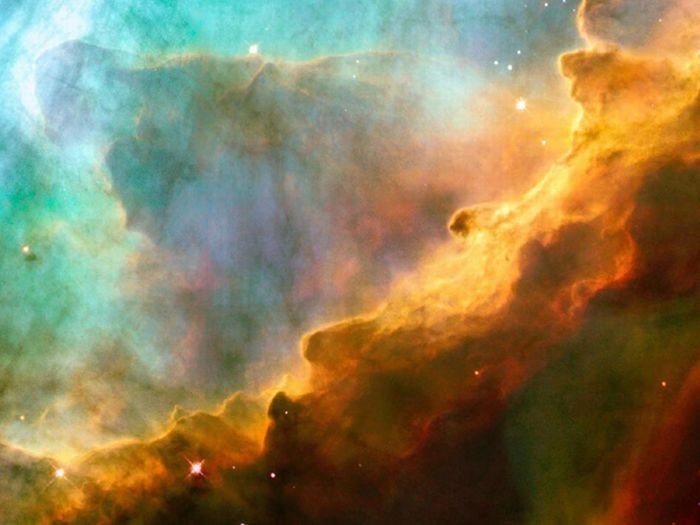|
|
Nebula Dust
|
Beginning in 1864, William Huggins examined the spectra of about 70 nebulae. He found that roughly a third of them had the absorption spectra of a gas. The rest showed a continuous spectrum and thus were thought to consist of a mass of stars. A third category was added in 1912 when Vesto Slipher showed that the spectrum of the nebula that surrounded the star Merope matched the spectra of the Pleiades open cluster. Thus the nebula radiates by reflected star light.
Slipher and Edwin Hubble continued to collect the spectra from many diffuse nebulae, finding 29 that showed emission spectra and 33 had the continuous spectra of star light. In 1922, Hubble announced that nearly all nebulae are associated with stars, and their illumination comes from star light. He also discovered that the emission spectrum nebulae are nearly always associated with stars having spectral classifications of B1 or hotter (including all O-type main sequence stars), while nebulae with continuous spectra appear with cooler stars. Both Hubble and Henry Norris Russell concluded that the nebulae surrounding the hotter stars are transformed in some manner.
|
|









